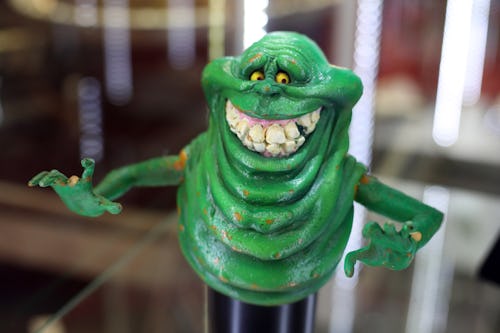
There’s been a huge development for people who may someday swallow a battery, Lego, coin, doggy toy, or even an AirPod (one guy found out that even after passing through his digestive system, it still worked and had 41% battery). Researchers have developed a magnetic slime robot that could be deployed in the body to retrieve objects. There are no immediate plans for medical testing, but one can imagine a future in which a doctor’s order for a case of a swallowed Lego is a big old magnetic turd.
And while putting a big, poop-looking blob into your digestive system may not seem particularly great, I’d probably prefer it to more invasive techniques.
The new “soft robot” was created by Prof Li Zhang of the Chinese University of Hong Kong along with several other researchers, and it is described in a study published last week in the peer-reviewed journal Advanced Functional Materials.
The little robot blob that could
— “The robots can negotiate through narrow channels with a diameter of 1.5 mm and maneuver on multiple substrates in complex environments,” the paper reads. Neither snow, nor rain, nor heat, nor gloom of night, will stop these little magnetic blobs!
The magnetic slime can reach nooks and crannies because it’s a non-Newtonian fluid that can act as both a liquid and a solid— kind of like “oobleck,” the mix of corn starch and water that some of us made in middle school science class. The slime is comprised of polyvinyl alcohol, borax, and neodymium magnet. While other soft robots are controlled by light, chemistry, and other stimuli, this blob is at the control of outside magnetic fields that can be spatiotemporally controlled to direct the blob’s activity. Essentially, the blob has no autonomy or “mind of its own” — it’s controlled by external factors.
Notably, the magnetic particles in the slime are toxic and are thus coated in a layer of silica. Zhang told The Guardian that he could add pigments or dye to color the slime, which would make it a bit less turd-like.







